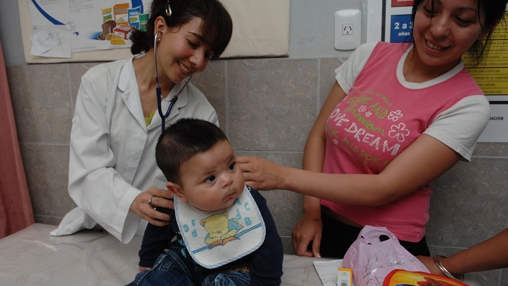Every day, a small room at the back of Julio Perrando Hospital receives about 35 children who are at risk for a heart condition. There awaits a group of two pediatricians and two cardiologists, including doctor Natalia Franchi, who is in charge of the Reference Center of the province of Chaco.
This scene has become routine since April 2010, when the Ministry of Health deepened the treatment of congenital heart disease by incorporating it to Plan Nacer, the public health coverage for mothers and children up to 6 years, supported by the World Bank .
Since then, it has increased the number of surgeries performed in the public sector, largely thanks to the launch of a network of 39 hospitals of reference, like Perrando’s Hospital, and 17 treatment centers, where doctors practice surgeries for free.
"Thanks to Plan Nacer, we provide an equal opportunity to all children, regardless of age and health coverage," says Franchi, who already led to nearly 200 children for surgery because of their heart disease.
In Argentina, it is estimated that each year over 4,000 children are born with a congenital heart disease and two-thirds of the cases are treatable with timely diagnosis and surgical treatment.

